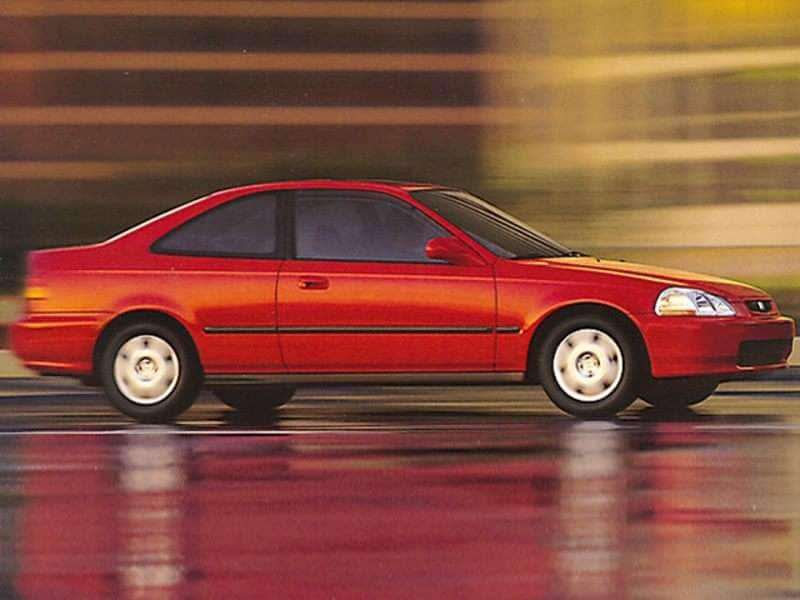Recent Articles
Popular Makes
Body Types
DOHC | Double Overhead Camshaft

This acronym stands for Double Overhead Camshaft. Now if only you knew what a camshaft was in the first place – right? So, that is where we will start. An automobile camshaft translates the rotary motion of the engine to the reciprocating or oscillating motion that is used to operate the intake and exhaust cylinder valves. Still not very clear is it? The camshaft is a piece of equipment used in piston engines. It is a cylinder rod running down the cylinder bank with a cam for each valve coming off it. The camshaft is used to operate valves, called poppet valves. The cams are a protruding piece on the shaft. It is used to translate circular movement to oscillating movement. As the shaft turns, the cams rotate around opens the valve by pressing on it when the cam comes to it on its rotation. Where the camshaft is located determines if it is an overhead camshaft or not. An overhead camshaft is located on top of the cylinder head in modern day automobiles. There are two different options for the overhead camshaft layout. These are: • Single overhead camshaft (SOHC) • Double overhead camshaft (DOHC) is where the one camshaft is fixed within the cylinder head. In an inline engine, there is one camshaft in the head and in a V-engine, there is one per cylinder block or two camshafts. In this layout, the cam operates the valves directly in a simpler design than the pushrod designs for multivalve heads. This allowed for faster engine speeds, which therefore produced more power for a give torque. In the early 1960s, the Hillman Imp, a 4 cylinder, 8 valve, 2-door saloon car, had this type of shim and bucket valve design. By the early 1980s, both Toyota and Volkswagen use the SOHC parallel valve system with two valves for each cylinder. The Volkswagen was the simplest with bucket tappets and shims. can also be called double overhead cam, dual overhead cam or even twin cam. The valve train layout in a dual overhead camshaft had two camshafts inside the cylinder head. In this way, there are one camshaft for the inlet valve and one camshaft for the exhaust valve. With this configuration, a vehicle can have from two to four camshafts overall. These double overhead camshafts do not necessarily have to have multiple inlets or exhaust valves. DOHC was normal in two valves per cylinder heads for many years until technology advanced and multivalve heads appeared. In today's terminology, DOHC is often meant the same as multi-valve heads because most of the DOHC engines are designed with three to five valves per cylinder. There were many participants in the early development of DOHC. A few of the people that were heavily involved in this area of development were Isotta Fraschini, Austro-Daimler, W.O. Bentley. Bentley was active in this area in 1919. Sunbeam developed this area in 1921 – 23. The development went something like this: • 1912 - Fiat introduced the first DOHC engine with two or four valves per cylinder designs. • 1913 - Peugeot Grand Prix – a 4 valve design • 1914 - Alfa Romeo GP – 4 valve design • 1925 – Alfa Romeo 6 C • 1926 – Maserati Tipo 26 • 1931 - Bugatti Type 51 Ferrari used the two-valve DOHC engines on many of its vehicles as well. Once the DOHC technology finally moved in mainstream consumer vehicles, it came out with heavy marketing to promote the 'new' technology. It was used only in limited vehicles and usually only sport cars for a long time. Fiat is given the credit for using a belt-driven DOHC engine for every vehicle in their line. This was as far back as the 1960s.